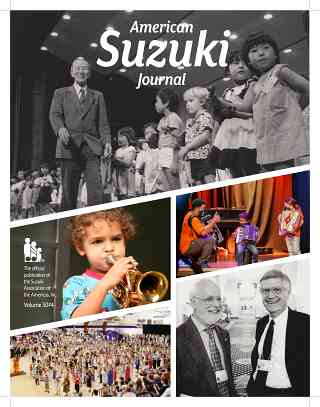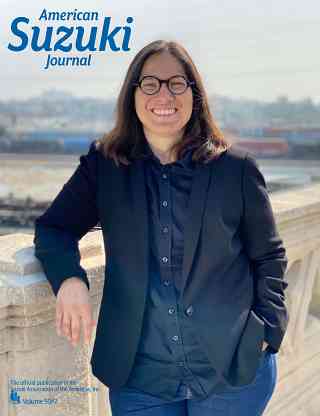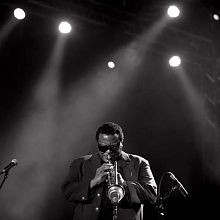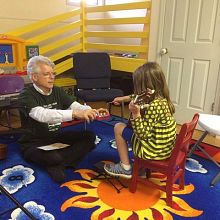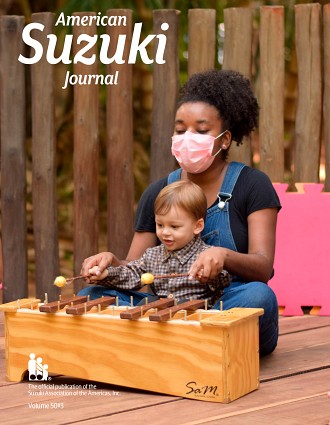
Published May 2022
ASJ subscription is included in SAA membership. Can’t find what you’re looking for? Email [javascript protected email address]

Published May 2022
ASJ subscription is included in SAA membership. Can’t find what you’re looking for? Email [javascript protected email address]
Read issue 50.2 of the ASJ in full online. For Members Only. Read more ▶
ASJ 50.3, page 0
by Jeremy Dittus, Marla Majett, Diane Slone, Kelly Williamson, Katherine Wood
It has been said that every person’s life is worth a novel. One of the differences between real life and a novel is that the novel is written down—completed—with all of its chances and changes resolved. In real life, change… Read more ▶
Transitions
ASJ 50.3, page 28
by Ellen Kogut
We are constantly experiencing change in our lives, as well as in the communities and organizations we are a part of. As human beings, we react to change in a variety of ways. Sometimes we feel butterflies of anticipation and… Read more ▶
I’m always fascinated when I read news articles about new findings or radio wave pulses emanating from outside our galaxy. A recent article in MIT Technological Review describes “a recently discovered fast radio burst turns out to be pulsing on… Read more ▶
This article is part two in a series about memory and music. “We learn it to forget it” is a common mantra among music educators about music performance. Some people believe that performance is about letting what you’ve already learned take… Read more ▶
Memorization, Music, Practice, Research, Studio
ASJ 50.3, page 34
Great music is more than a combination of beautiful tone and good technique. It is also stylistically accurate. I help my students develop stylistic playing through the study of music history. Music of each of the eras of Western Art… Read more ▶
Flute, Music History
ASJ 50.3, page 37
Over the years of adapting the Suzuki Method for the guitar, right-hand finger alternation has emerged as a fundamental issue for us—as fundamental as the movement of the bow was when Dr. Suzuki developed his Violin Book One. A “dragon”… Read more ▶
“What in the world is transition and what does it have to do with our work?” The question came at the end of a non-profit membership meeting for a group I consulted that was beginning a search for a new… Read more ▶
Transitions
ASJ 50.3, page 8
The most difficult aspect of a transition is that we cannot see what the next beginning is when we are going through it. Let me take a step back, though, and suggest that a transition begins with a change—an ending.… Read more ▶
Student, Transfer Student, Transitions
ASJ 50.3, page 14
Transition is the cognitive process of dealing with changes happening outside of ourselves. It is the ability to let go of how things were and accept how things will be going forward. As William and Susan Bridges, authors of Transitions:… Read more ▶
Transitions
ASJ 50.3, page 16
Our Suzuki work is based on a very obvious fact that people tend to take for granted: children learn the languages that surround them. There’s another very obvious fact that people often take for granted: it’s that human beings have… Read more ▶
Book Review
ASJ 50.3, page 18
Teaching skills to children and teens inarguably requires a sequential, leveled curriculum to be conveyed through both explanations and demonstrations. In the music studio, the teacher is the expert! But in More Than Music Lessons: A Studio Teacher’s Guide to… Read more ▶
Book Review, Music, Studio
ASJ 50.3, page 20
Renowned SAA Suzuki pedagogue Lorraine Fink passed away on Jan. 27, 2022, after a brief illness. She was one of the first Suzuki violin teachers in the United States. A dedicated Suzuki teacher and trainer, Lorraine began her journey with… Read more ▶
![]() ©2024 Suzuki Association of the Americas
• https://suzukiassociation.org
©2024 Suzuki Association of the Americas
• https://suzukiassociation.org
